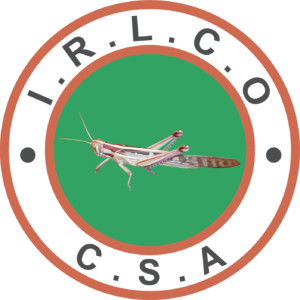Tree Locusts
Silent Devastators of Forests and Croplands
Overview of Tree Locusts
Tree Locusts, belonging to the genus Anacridium, are a significant pest that primarily targets trees and shrubs, but their impact on agriculture can be just as devastating as other locust species. Unlike other locusts that typically swarm in vast numbers, Tree Locusts are more solitary or form smaller groups, focusing their feeding on the foliage of trees and woody plants.
Habitat
Tree Locusts are found in various environments, from dry savannas and open woodlands to riverine forests and cultivated lands across Africa. These locusts prefer areas where trees and shrubs are abundant, as they primarily feed on the leaves and tender shoots of woody plants.
Lifecycle
The lifecycle of Tree Locusts begins with the laying of eggs in the soil or on vegetation, usually during the rainy season. After hatching, the nymphs, also known as hoppers, undergo several molts as they develop into adults. Unlike Desert or Migratory Locusts, Tree Locusts are less likely to form large, cohesive swarms.
Impact on Agriculture
The impact of Tree Locusts on agriculture and forestry is profound, particularly in regions where trees are an essential part of the landscape or agricultural systems. In forestry, Tree Locusts can cause significant damage to commercial tree plantations, including valuable species such as acacias and eucalyptus.
Control Strategies
Managing Tree Locust populations requires an integrated approach, combining biological, mechanical, and chemical control methods. Biological control involves the use of natural predators and parasites that target locust eggs and larvae. Mechanical methods, such as handpicking and trapping, are effective in smaller, more manageable infestations.
